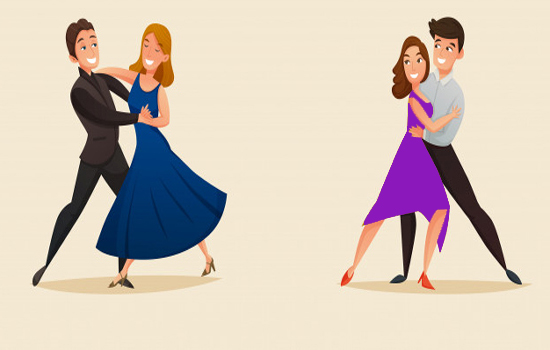INDIAN - Classical Traditional Folk Dance
Busypass focus on various Indian classical dance and spread Indian culture across the globe.Most of Indian Dance forms are derived from various performance arts rooted in Hindu musical theatre styles,These dances are traditionally regional, all of them include music and recitation in local language or Sanskrit, and they represent a unity of core ideas in a diversity of styles, costumes and expression. Indian classical dances are traditionally performed as an expressive drama-dance form of religious performance art.
Indian folk dance is performed to express joy and happiness among themselves. Folk dance is performed for every possible occasion include arrival of seasons, birth of a child, a wedding, festivals and some old social customs. On most occasions, the dancers sing themselves, while being accompanied by artists on the instruments. Each form of dance has a specific costume. Most costumes are extraordinary with extensive jewels. While there are numerous ancient folk and tribal dances, many are constantly being improved. The skill and the imagination of the dances influence the performance.
We have below listed Dance group which has been performing regular routines across the World.
Bharatanatyam from Tamil Nadu
Kathak from Uttar Pradesh
Mayur Nritya or Peacock Dance from Uttar Pradesh
Kathakali from Kerala
Kuchipudi from Andhra Pradesh
Odissi from Odisha
GotiPua From Odisha
Chhau dance , Baagh Naach or Tiger Dance , Dalkhai , Dhap from Odisha
Ghumra , Karma Naach , Jhumair ,Keisabadi from Odisha
Sattriya from Assam
Bihu Dance from Assam
Manipuri from Manipur
Mohiniyattam, from Kerala
Cheraw Dance from Mizoram
Lavani (both song and dance ) from Maharashtra
Zeliang Dance from Nagaland
Chang Lo or Sua Lua from Nagaland
Garba Dance from Gujarat.
The Bhangra dance from Punjab.
Nongkrem Dance, Shad Suk Mynsiem Dance, Bahdienkhlam Dance from Meghalaya
Lahoo Dance , Dorsegata Dance from Meghalaya


South/Latin America- Traditional Folk Dance
South America / Latin America is full of vibrant, diverse cultures with music and dances that reflect the continent's rich history and diversity.
These traditional dances of South/Latin America are ingrained in the cultures of each country, with some of them gaining worldwide popularity.
We have Below Dance Group to perform around the Globe:
Tango from Argentina
Los Caporales from Bolivia
Samba from Brazil
Cueca from Chile
Cumbia from Colombia
Pasillo from Ecuador
Marinera from Peru
Danza de la Botella from Paraguay
Candombe from Uruguay
Joropo from Venezuela
Salsa from Colombia
The San Juanito from Ecuador
Perreo from Puerto Rico
Danzón from Cuba
Europe - Traditional Folk Dance
European dances has been originated since Medieval ages and refined, as they are based on the court dances of aristocrats.
Most of time, European Dances performed on occasion of religious , civil ceremonies and festivities ceremonies or for popular entertainment.
We have Below Dance Group to perform around the Globe:
Flamenco and Sardana Dance from Spain
Greek Dance from Greece
Can-can Dance from France
Tarantella from Italy
Polka Dance from Czech/ Germany
Morris Dance and Maypole Dance from England
The Ceili Dance from Ireland.
